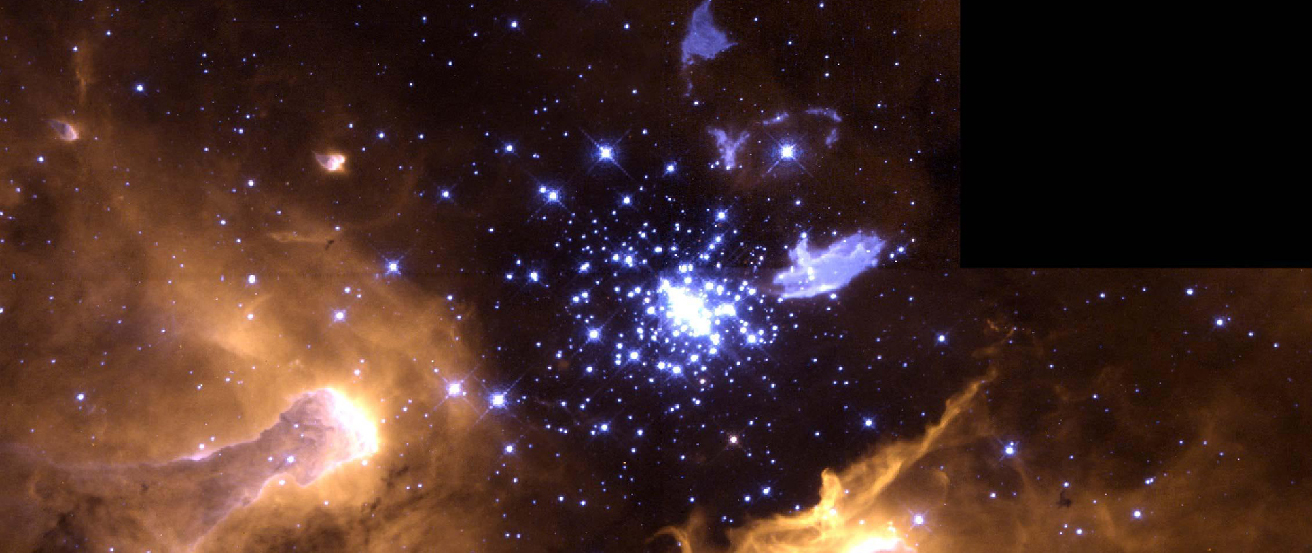

Do stars die with a bang or a whimper? In the preceding two chapters, we followed the life story of stars, from the process of birth to the brink of death. Now we are ready to explore the ways that stars end their lives. Sooner or later, each star exhausts its store of nuclear energy. Without a source of internal pressure to balance the weight of the overlying layers, every star eventually gives way to the inexorable pull of gravity and collapses under its own weight.
Following the rough distinction made in the last chapter, we will discuss the end-of-life evolution of stars of lower and higher mass separately. What determines the outcome—bang or whimper—is the mass of the star when it is ready to die, not the mass it was born with. As we noted in the last chapter, stars can lose a significant amount of mass in their middle and old age.

You can also download for free at http://cnx.org/contents/2e737be8-ea65-48c3-aa0a-9f35b4c6a966@14.4
Attribution: